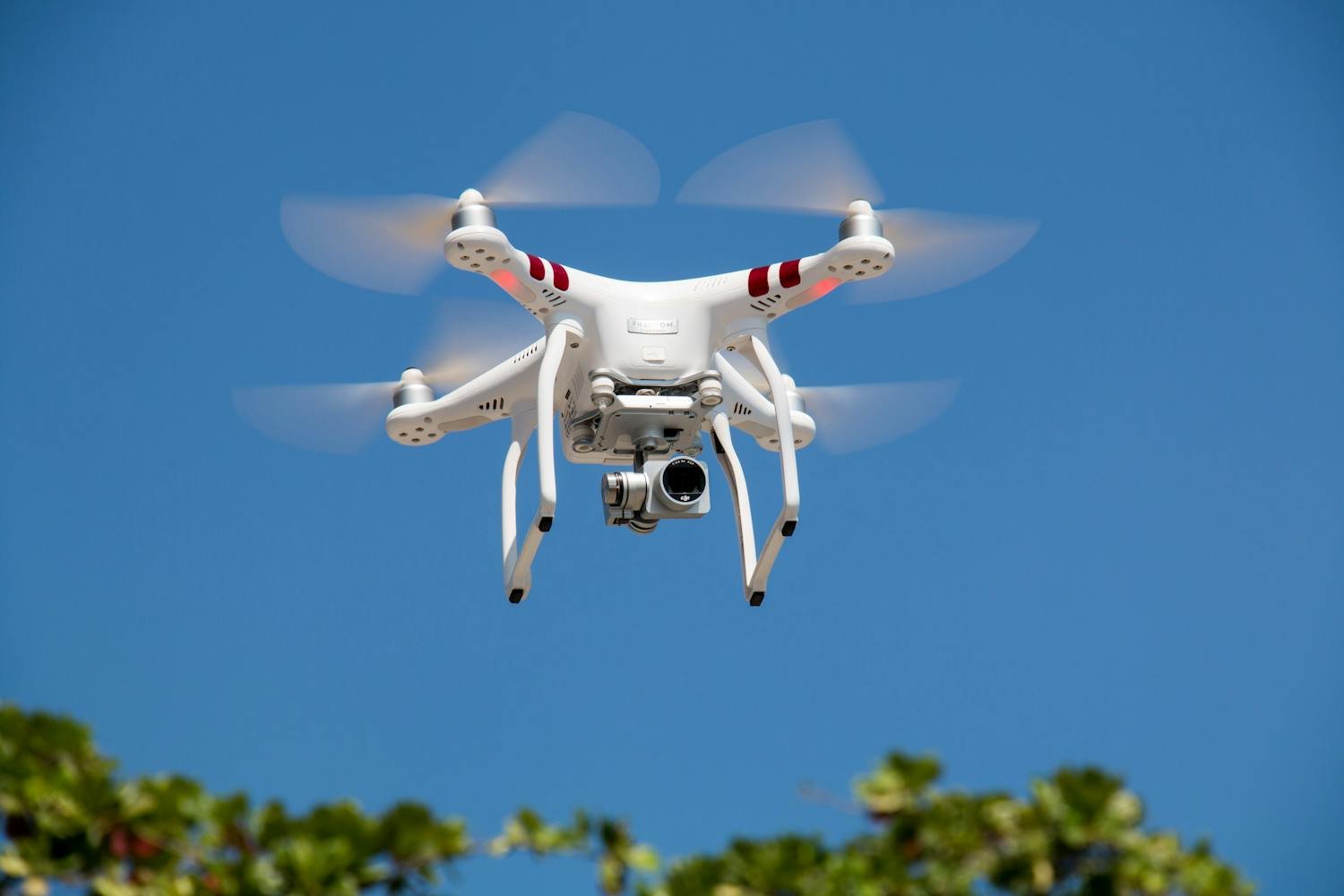Some commercial applications of drones include disaster response, package delivery, agricultural monitoring, site inspections, property marketing, construction surveillance, and more.
The global market for commercial drones is growing at an exponential rate with an increased number of organizations using this technology for various tasks.?Previously, they were used only for military purposes but that is not the case nowadays. Their incredible data-capturing capabilities have given rise to new avenues and innovative applications.
Businesses are using unmanned aerial vehicles (UAVs) or drones to improve their screening processes during hiring. Whether organizations follow centralized recruitment or decentralized, drones help them in candidate intelligence gathering (CIG) missions to keep an eye on potential candidates. Moreover, businesses in Silicon Valley are employing drones to display eye-catching messages to attract and hire potential tech-savvy candidates. Drones used for recruitment are an indication that the organization believes in advanced technology.
Commercial Application of Drones
Drones are no more fiction but a reality. Tech and retail giants like Facebook, Google, Amazon, and Walmart are already employing this technology as a time and cost-effective method to perform several jobs like data acquisition, surveying, delivery, and mapping Many other industries like agriculture, real estate, mining, security, and entertainment are benefiting from drones as well. Though they are expensive, several companies offer them for rent. This makes it easier for businesses of all sizes to use them to stay competitive.
Below are some of the applications of drones in the commercial sector.
Disaster Response
Drones speed up the detection and assessment of disaster-hit areas, which significantly reduces the overall disaster response time. These UAVs have sensors that can precisely track and identify calamity-hit locations and help in delivering relief packages to areas that are inaccessible by foot. Rescue teams use special drones to estimate casualties and the extent of damage caused by disasters like earthquakes, floods, and hurricanes.
Construction Surveillance
Construction workers use drones?to gather real-time data about their projects and monitor their construction sites. Site inspectors and builders use UAVs to conduct site inspections and identify any potential hazards or risks on their worksites. Moreover, the useful aerial insights enhance progress tracking and help in detecting problems early before they become expensive or delay the project’s timeline.
Package Delivery
Drones are gradually transforming how businesses deliver products to consumers. Companies like UPS and Amazon are experimenting with drones as a much cheaper and faster alternative to other delivery options.
Since drones operate on batteries and do not need fuel, they can drastically reduce the delivery costs of businesses. Moreover, there is a lower chance of them getting stuck in traffic as with traditional delivery systems. Even though drone delivery is not common now due to legal and airspace issues, it has a promising future.
Agricultural Monitoring
Farmers use drones to identify failing crops, measure inventories, map and assess irrigation systems, examine crop progress, and so on. Since farms cover such large areas, it takes a lot of time to check all these activities manually. Using UAVs, farmers can gather exact data, and save their precious time and overhead costs. Moreover, there are special drones available in the market that can release water, herbicides, and pesticides in a designated area with a specialist monitoring and controlling from miles away on the screen.
Site Inspections
Safety is the top priority of industrial workers. Site supervisors of large projects like bridges, dams, and buildings use drones to monitor and collect information without placing themselves or their workers at risk. This technology reduces the overall inspection time, cost, and collects information from inaccessible angles, which enhances the accuracy of inspections.
Marketing Property
The real estate industry is highly competitive making it tough for real estate businesses to drive sales. Real estate agents are beginning to use drone technology to help with their marketing. Drones provide these companies with an opportunity to record amazing aerial videos and pictures of properties. This aerial imagery gives clients a much clearer idea of the property, location, and surrounding areas than ground photography so it is easier for them to reach a decision.
Moreover, drones cover the property entirely including all the issues. This real-world picture makes the listings much more attractive and makes agents with drone technology more reliable to buyers.


